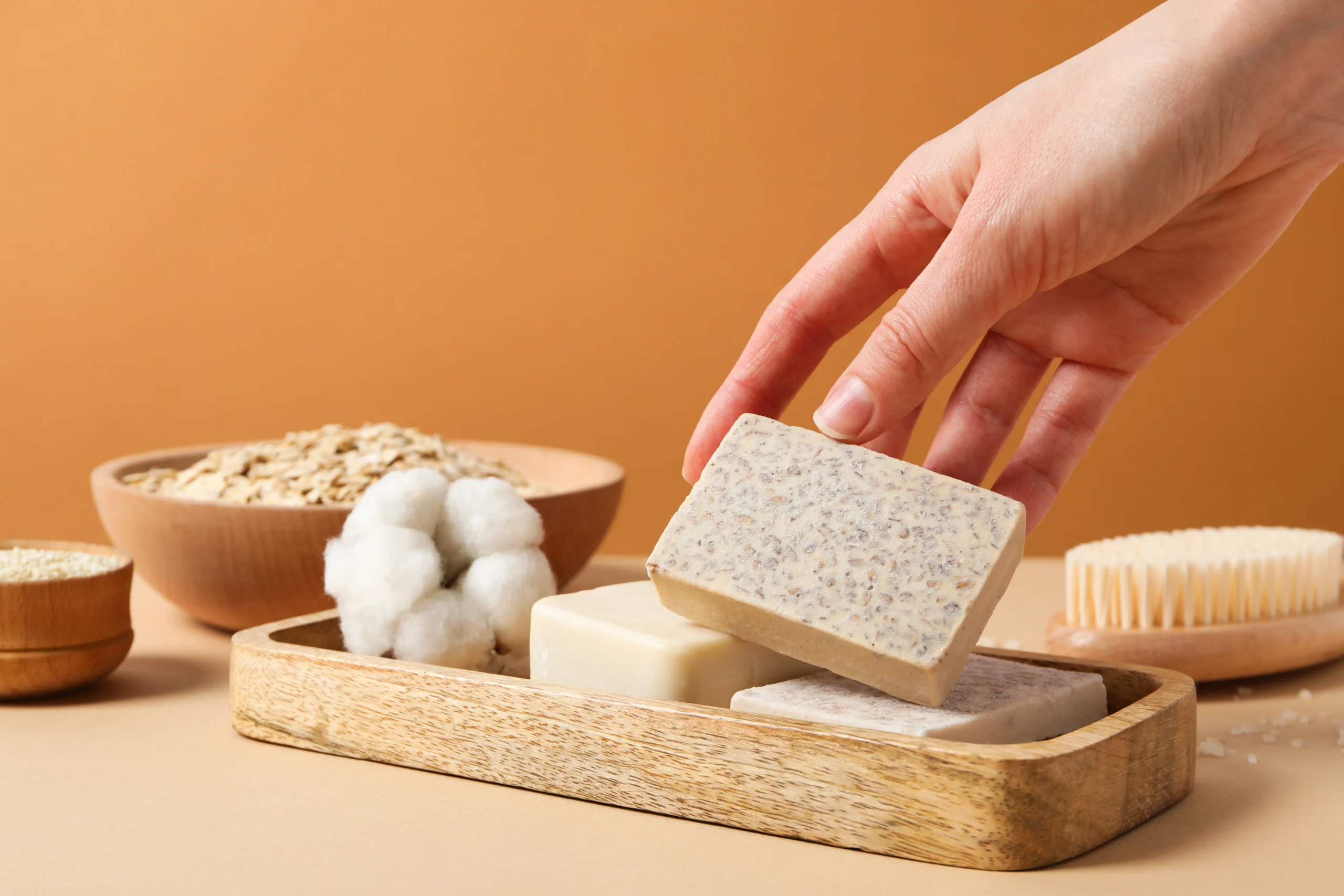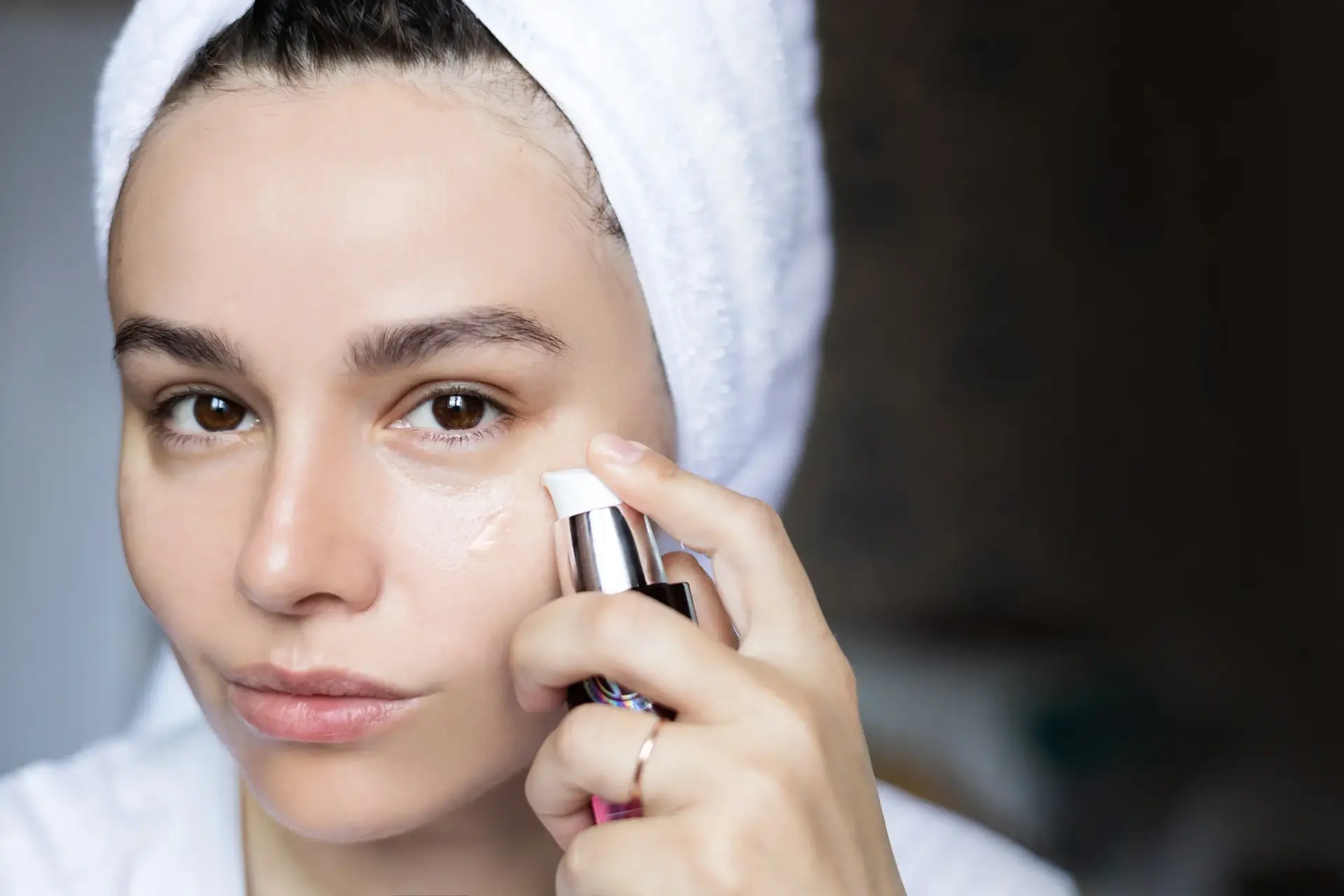Best Skin Primer for Acne-Prone Skin: Powerful Ways Unveiled
The best skin primer for acne-prone skin isn’t just a base for makeup—it’s a protective layer, a way to calm skin, and the first step to achieving the perfect look without aggravating acne. Makeup is now a big confidence booster, but it’s a big challenge for those with acne-prone skin—how to apply makeup without damaging the skin?
Controlling excess oil and large pores is a daily struggle for this type, so choosing a primer to keep your makeup in place and protect your skin’s health is essential. Many primers are on the market, but not all are good for the skin. Many primers clog pores, irritate sensitive skin, and even aggravate acne. Therefore, knowing the scientific aspects of primers, ingredient selection, and proper usage techniques is essential.
In this article, we’ll analyze how to find the right primer for acne-prone skin – one that works with your skin, not vice versa.
Why Skin Primer Is Essential for Acne-Prone Skin
The Scientific Side of The Primer
Primer creates a protective layer between the skin and makeup. For acne-prone skin, it protects it from harmful makeup ingredients and helps to even out the skin’s texture and color. Many primers contain silicones, which smooth the skin and cover pores. However, not all silicones are safe. For example, dimethicone is safe and non-comedogenic, but some silicones can accumulate on the skin and clog pores.
A good primer makes your makeup look beautiful. It helps your skin breathe throughout the day, especially in hot and polluted environments. Plus, if it contains anti-inflammatory ingredients, it can reduce redness, speed up the healing process, and prevent new breakouts.
Beneficial and Harmful Ingredients
When looking for the best primer for acne-prone skin, you need to look at the ingredients. Some primers contain salicylic acid, niacinamide, or zinc, which effectively reduce acne. They also reduce inflammation, control oil, and strengthen the skin barrier.
On the other hand, you should avoid ingredients like alcohol denat, artificial fragrances, or coconut oil and isopropyl myristate, as they can clog pores and increase acne. An ingredient called bismuth oxychloride can also cause cystic acne in some people.
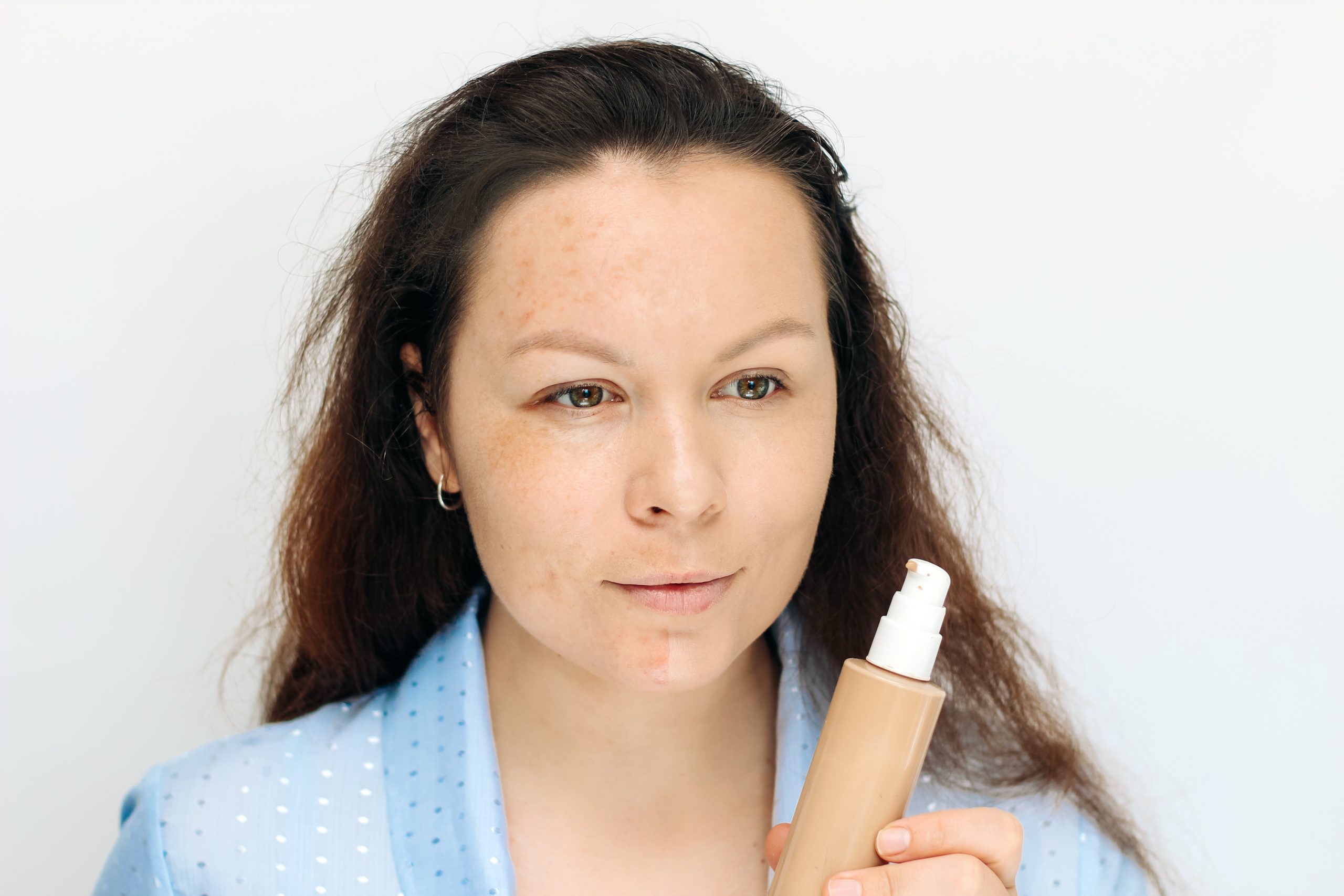
Important Features of The Best Primer for Acne-Prone Skin
Non-Comedogenic and Oil-Free Formula
Products labeled “non-comedogenic” are less likely to clog pores. Oil-free and lightweight gel primers allow the skin to breathe and help control excess oil. They usually contain glycerin or hyaluronic acid, moisturizing the skin without adding oil.
Mattifying Or Hydrating: Which Is Better?
It depends on your skin type. A mattifying primer containing silica or kaolin clay is suitable for excess oil. However, a hydrating primer is better if your skin is dry or sensitive. This helps reduce flaking or irritation and helps the makeup set better.
Dermatologist-Approved Primer That Helps Prevent Acne
Doctor’s Advice and Skincare Coordination
Dermatologist recommend using a primer that is compatible with your current acne treatment is compatible with your current acne treatment. For example, using retinoids or benzoyl peroxide may make your skin more sensitive. In that case, a primer with chamomile, green tea extract, or allantoin can be helpful.
Some trusted brands include EltaMD UV Clear, which also acts as a sunscreen, and Smashbox Photo Finish Control Mattifying Primer, which contains salicylic acid specifically for acne-prone skin.
How to Choose The Best Primer for Acne-Prone Skin
Finding the best skin primer for acne-prone skin isn’t easy, whether shopping for beauty products or scouring online reviews. But understanding your skin’s specific needs is the first step, which will help you decide to protect your skin’s beauty and well-being.
Tips for Different Skin Types
Acne-prone skin is not a one-size-fits-all type. Some people have oily skin, others have dry or flaky skin, and some have combination skin. If you have oily and acne-prone skin, choose a primer with niacinamide, salicylic acid, or tea tree oil. These help control oil and prevent breakouts.
For those with combination skin, a lightweight silicone-based mattifying primer is best. This keeps the T-zone matte but doesn’t dry out the cheeks. A hydrating primer containing soothing ingredients like aloe vera, panthenol, or Centella Asiatica is best for those with acne-prone, dry, or sensitive skin.
Avoid Silicone Buildup and Clogging Pores
Silicone ingredients like dimethicone help skin look smooth and pore-free. But if used excessively or not washed properly, they can accumulate in the pores, leading to clogged pores and new acne. To reduce this risk, it is essential to use a high-quality, gentle, and pH-balanced face cleanser at the end of the day, which can thoroughly clean the dirt and primer from the skin.
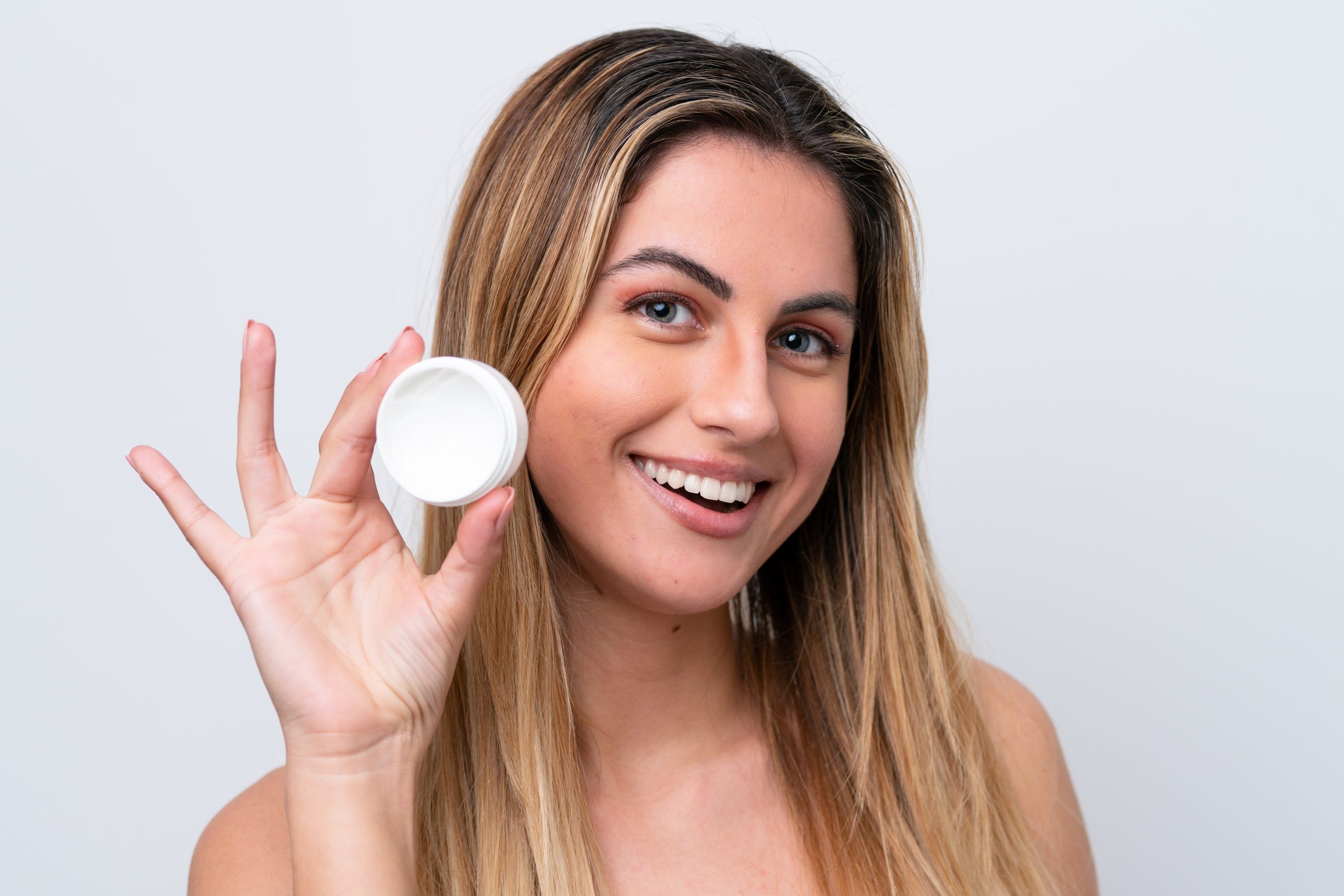
Tips for Using Primer to Ensure Maximum Effectiveness
Even if you use the best primer for acne-prone skin, you won’t get the desired results if you don’t apply it correctly. How you prep your skin, apply primer, and apply makeup all significantly impact the condition of your skin and the longevity of your makeup.
Steps to Prepare The Skin
First, start with clean, washed skin. Then, use a light, oil-free moisturizer because oily skin needs hydration, too. Once the moisturizer is fully absorbed into the skin, apply primer. Apply a pea-sized primer to the skin with your fingers or a sanitized makeup sponge. Pay special attention to the T-zone and areas prone to acne.
Please wait at least a minute after applying the primer so that it sets well and creates a perfect base for the next makeup layer.
Rules for Using Primer With Or Without Foundation
Sometimes, primers can be used not only under foundation but also independently. Many great primers are lightly tinted and even out skin tone. A tinted primer is enough if you want something light for a day without makeup.
And if you use foundation, choose a non-comedogenic product that will work with your primer. Avoid layering too heavily, as this traps excess oil and bacteria on the skin, which can lead to new breakouts.
Natural and Organic Options for Sensitive Acne-Prone Skin
Natural beauty isn’t just a trend; it’s an awareness campaign emphasizing transparency and sustainable practices. Many people suffering from acne-prone skin find relief in natural products free of chemicals and artificial fragrances, so choosing a natural primer can be smart.
Effective Plant-Based Primer
The best natural primers for acne-prone skin contain witch hazel (a natural astringent), aloe vera (a soothing moisturizer), and green tea (an antioxidant and anti-inflammatory). Brands like 100% Pure, Juice Beauty, and RMS Beauty, all of which are silicone-free, cruelty-free, and specifically formulated for acne-prone skin.
These formulas blur imperfections and nourish skin from the inside out with vitamins and plant-based ingredients. Look for “USDA Organic” or “COSMOS Organic” certifications for added confidence.
Are Natural Primers Always Better?
Not always. Natural primers are gentle and eco-friendly, but don’t always have the same longevity or matte finish as other chemical products. Synthetic alternatives can be effective if you want to wear makeup for a long time or live in humid climates.
However, be sure to do a patch test before using any new product, even if it’s natural, because some people can be allergic to plant-based ingredients.
Get Inspired With More Makeup and Beauty Content Here
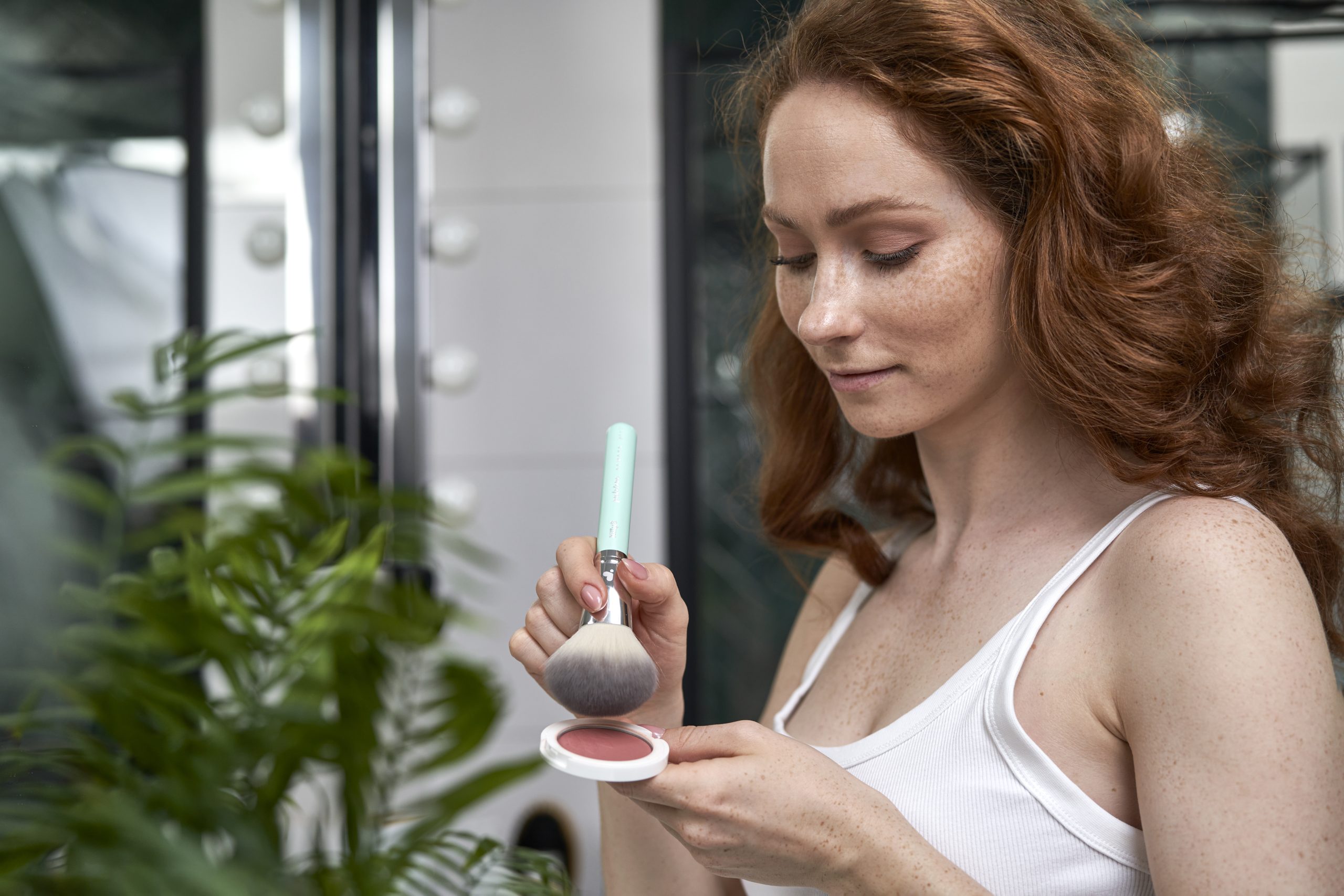
Final Thoughts: On Choosing The Best Skin Primer for Acne-Prone Skin
Choosing the best skin primer for acne-prone skin isn’t just a beauty decision; it’s an essential step in your skincare and makeup routine, which can have a visible impact on your skin’s health and beauty. For those who suffer from acne, large pores, or excess oil, a good primer is not just about smoothing makeup; it also supports the healing process and boosts confidence without further irritating the skin.
As we’ve seen, the best primers are non-comedogenic, lightweight, and rich in beneficial ingredients for acne-prone skin, such as salicylic acid, niacinamide, tea tree oil, or green tea extract. You can choose a primer recommended by a dermatologist or opt for a natural, plant-based alternative. The goal is to strike a balance between performance and skin protection.
It’s important to know exactly what your skin type is—oily, dry, or combination—so you can choose a primer that matches your skin, not the other way around. Additionally, you must consider how the primer will interact with your other products (like moisturizer, sunscreen, and foundation). Proper application technique is also essential: clean hands and tools, and thoroughly cleanse your skin. These habits can make a big difference.
Remember, the best skin primer for acne-prone skin is not a “one-size-fits-all” solution. It’s a product that needs to be selected based on your needs, lifestyle, and skin behavior. By paying attention to ingredients, textures, and your skin’s reaction, you can enjoy a makeup routine that ensures external beauty and internal, healthy skin.
Ultimately, your skin deserves the care you want for yourself. These products don’t just cover up blemishes but nourish the skin from the inside out. So take your time, make an informed decision, and invest in a primer that genuinely cares for your skin. Your skin will be grateful.


